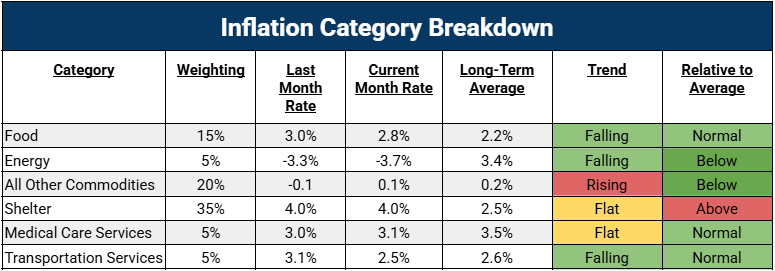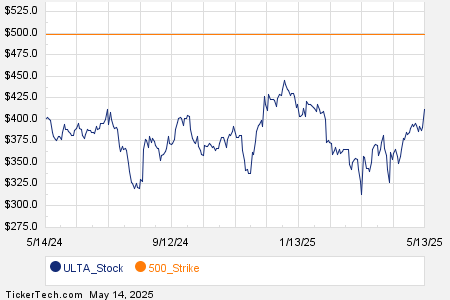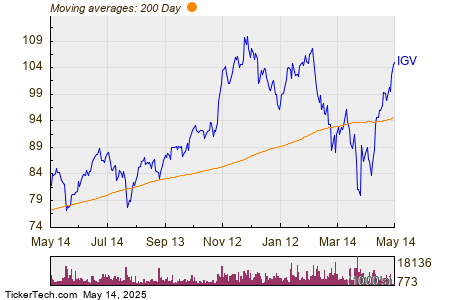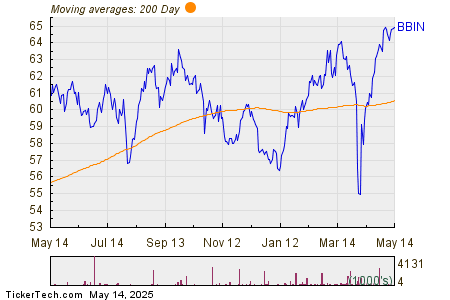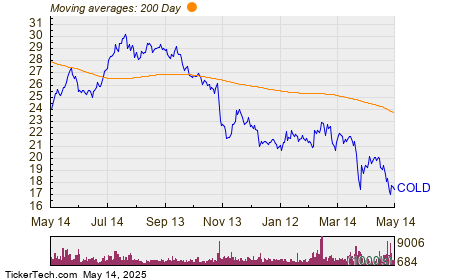Polkadot’s Recent Surge: Temporary Recovery or Lasting Change?
The Polkadot (CRYPTO: DOT) cryptocurrency has seen a significant increase recently. From April 9 to May 12, it gained 51.3%. However, looking at the broader picture reveals a different story. Despite the recent jump, the coin’s price remains down 52.6% from its 52-week high recorded last December and over 90% below its all-time highs reached before the inflation surge in November 2021.
Is Polkadot caught in a long-term downtrend, or is it on the verge of a substantial comeback? Let’s explore this further.
Polkadot’s Potential for Growth
In the evolving Web3 landscape, traditional social media networks may lose their dominant positions. Content creators are expected to gain greater control over their media, reducing the role of intermediaries that typically take a share of revenues. Users should have enhanced options for content consumption, privacy protection, and financial management, all enabled by blockchain technology.
Polkadot is designed to facilitate this transformation in online interactions. It possesses a robust transaction ledger capable of interfacing with multiple other blockchain systems. The anticipated Polkadot 2.0 version aims to provide faster and more efficient smart contract execution. Early demonstrations have showcased impressive capabilities, like running classic games on a pre-release version of its virtual machine system.
This advancement may ignite new possibilities for developers, amplifying the Web3 movement. As real-world applications proliferate, the value of Polkadot as a functional asset could increase.
Challenges Ahead for Polkadot
However, some initial investors are growing skeptical about the Web3 vision. The concept has been in the works since Gavin Wood coined the term in 2014, and despite ongoing discussions, game-changing Web3 applications have yet to emerge.
If the Web3 revolution is forthcoming, Polkadot faces stiff competition in providing the infrastructure for user-centric applications. Historical contexts highlight that leading products do not always dominate their market—consider the VHS vs. Betamax scenario. Alternative platforms, such as Solana (CRYPTO: SOL) and Avalanche (CRYPTO: AVAX), could potentially surpass Polkadot as their ecosystems evolve.
Given the slow rollout of Web3 and increasing competition, it’s understandable that Polkadot’s price has struggled.

Image source: Getty Images.
Assessing Polkadot’s True Value
Determining fair value for investments is both subjective and analytical. Accurate evaluations involve multiple assumptions and some level of guesswork. Notably, top investors do not always predict markets perfectly or strive for precise long-term price targets.
Polkadot’s market valuation hinges on two critical factors:
- The frequency of use in actual applications and associated transaction fees.
- The value each transaction brings to the Polkadot ecosystem and its investors.
The initial factor presents challenges, as there are few applications built on Polkadot’s framework, and its real-world usage remains limited. Recent monthly fee averages hovered at $750, indicating minimal transaction activity. Polkadot 2.0 aims to handle up to 1 million transactions per second, but usage has not kept pace, with daily trading volumes around $360 million suggesting a speculative investment rather than a significant business tool.
Nonetheless, this perspective may be short-sighted. The Web3 era is likely to materialize, though its timing remains uncertain. Whether it coincides with economic shifts or the launch of a revolutionary application, investors may wish to hold Polkadot when that opportunity arises.
Rival Blockchains: A Boon for Polkadot?
The emergence of competing blockchain solutions for Web3 may ultimately benefit Polkadot. In 2015, Netflix (NASDAQ: NFLX) thrived amid rising competition, encouraging constant innovation. As a result, it remains a leader in digital entertainment over a decade later, showcasing a remarkable investment growth trajectory.
Though we cannot guarantee similar outcomes for Web3, historical trends suggest that increased competition could legitimize the entire sector. Polkadot may be poised to capitalize on this potential.
While Polkadot stands as a speculative asset, it also holds substantial promise. A cautious approach, perhaps establishing a small position at current prices, may be wise.
Should You Invest $1,000 in Polkadot Now?
Before making an investment in Polkadot, consider this:
The Motley Fool analyst team has identified their current top picks, and Polkadot isn’t included among them. Their recommended stocks showcase potential for high returns over the coming years.
For example, had you invested $1,000 in Netflix when it made the list on December 17, 2004, that investment would be worth around $598,613 today!
Or consider Nvidia, recommended on April 15, 2005, which would be valued at approximately $753,878 if you invested $1,000.
The Motley Fool has consistently outperformed the market, with a total average return of 922% compared to the S&P 500’s 169% return. Stay informed about their top picks by joining Stock Advisor.
The views and opinions expressed herein are those of the author and do not necessarily reflect those of Nasdaq, Inc.

